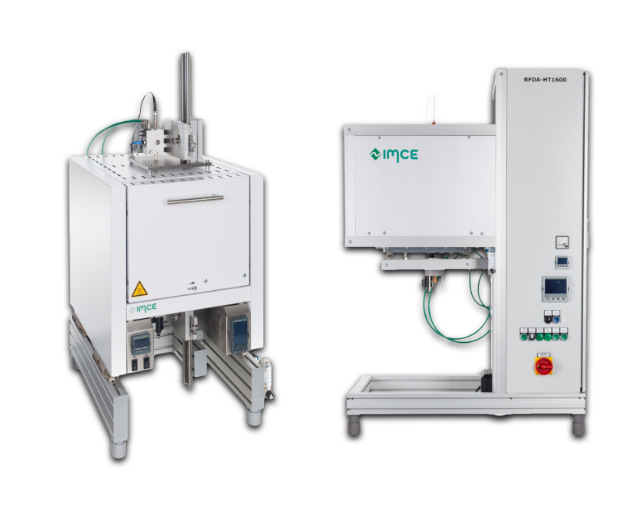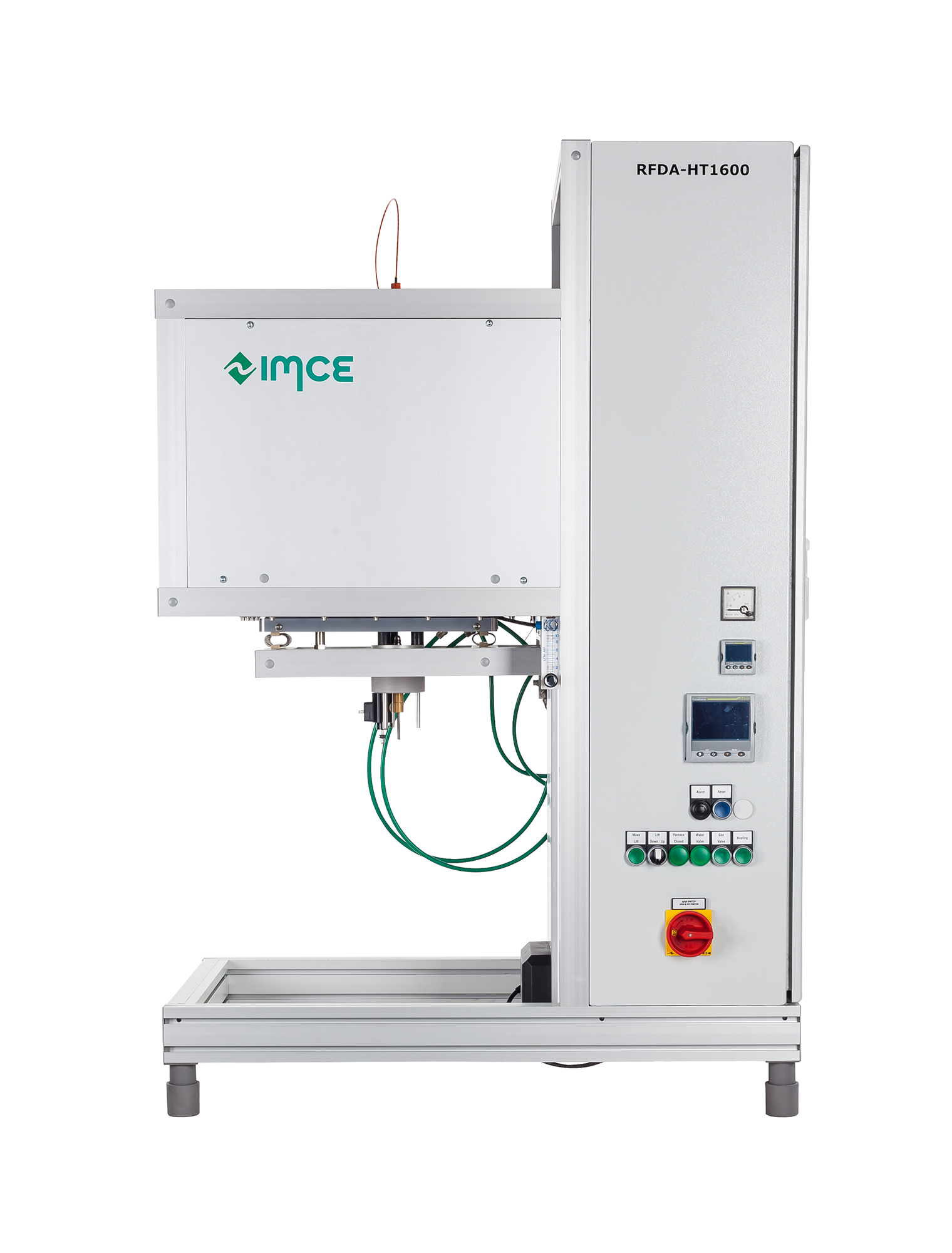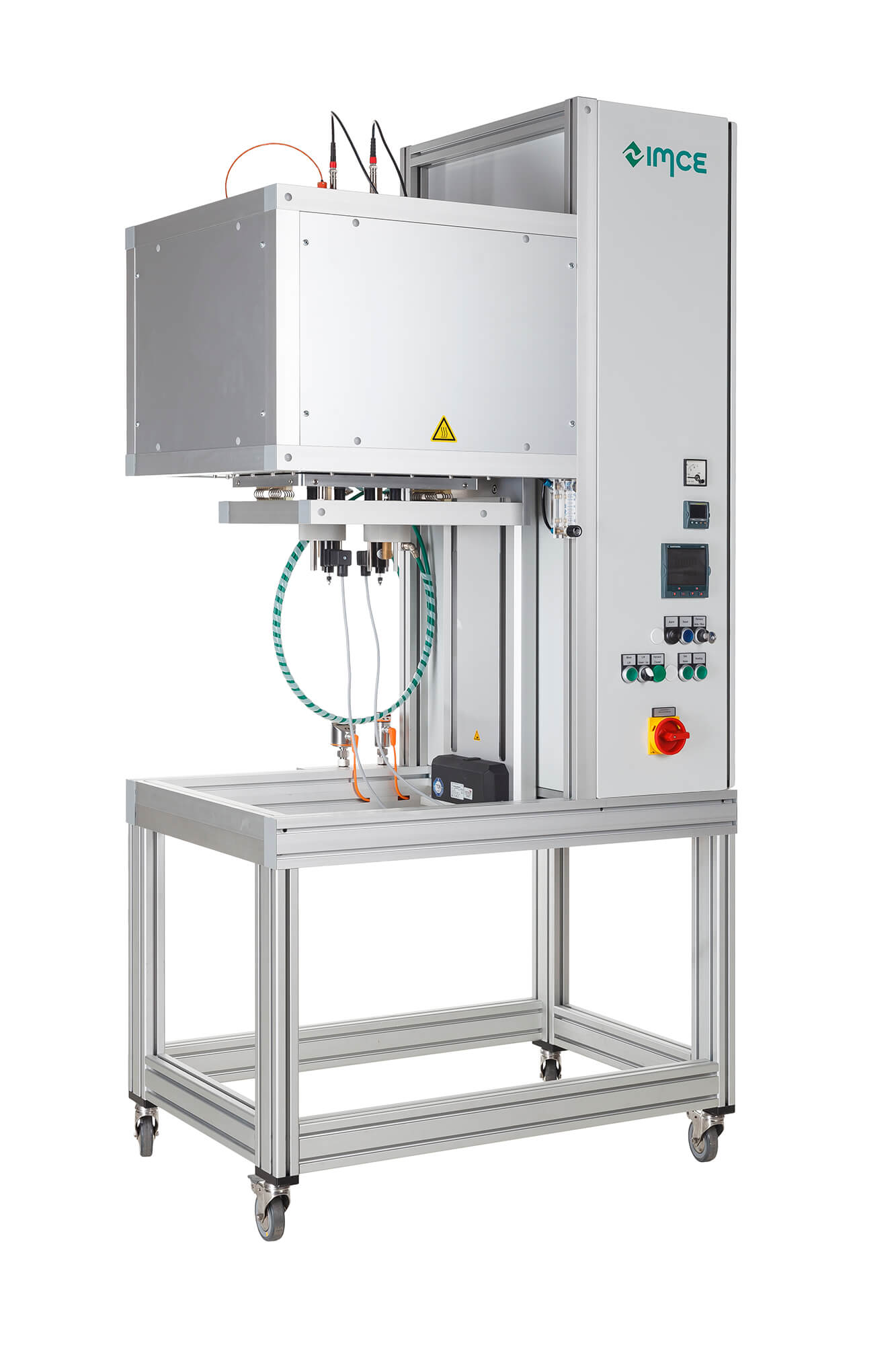Young’s modulus for ceramics
Wide range of products
Reliable impulse excitation measurements
Wide range of services
Knowing elastic material properties such as Young’s modulus for ceramics is a key factor in understanding the material behaviour for certain products or applications. These properties are often tested by using a three point bending test, which ultimately results in damaging or even breaking the material sample. This measurement procedure can be quite long and resource consuming, considering you need to repeat the test various times when testing at different temperatures. At IMCE in Genk, we provide measurement systems and services to determine Young’s modulus for ceramics and other materials in a non-destructive manner.

The impulse excitation technique as a key to Young’s modulus for ceramics
We provide the RFDA or Resonance Frequency and Damping Analyser that uses the impulse excitation technique as its cornerstone. In this technique, a single sample can be used to determine various material characteristics. Think for example about Young’s modulus, shear modulus, Poisson’s ratio and damping or internal friction. By tapping the sample with a small projectile whilst recording the induced vibration signal, using a microphone or laser vibrometer, the RFDA determines the resonant frequencies and their damping. The resonant frequency of the flexural vibration mode from a slender prismatic bar is used to calculate the Young’s modulus. This non-destructive determination of Young’s modulus and other characteristics is not limited to ceramics. It is also applicable for other material types such as refractory materials or metals like aluminium or steel
Are you interested to see what our company has to offer?
Learn more about our service and measurement systems
If you would like to determine the thermo-mechanical properties such as the Young’s modulus for ceramics or other materials, we are happy to inform you about our available RFDA’s and services. Feel free to contact us via email at info@imce.eu.




